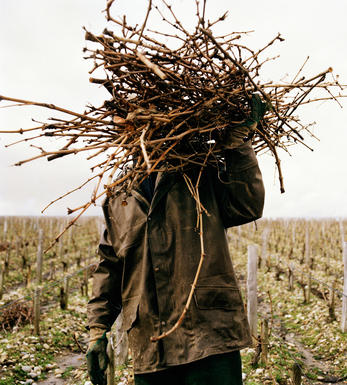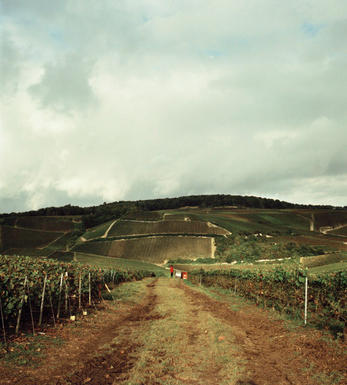
2010 Château Puygueraud, Francs-Côtes de Bordeaux

Critics reviews
Robert M. Parker, Jr. - 28/02/2013
About this WINE

Ch. Puygueraud
In 1979, he started to replant the vineyards, and in 1983 he was joined by his son Nicolas Thienpont to help produce the first vintage.
The vineyard comprises 70% Merlot, 25% Cabernet Franc and 5% Malbec grapes. The soil consists of clay and limestone, with chalky subsoil. Vines are planted with a vine density of 4,500 vines per hectare.
In 2013, Château Puygueraud launched Puygueraud Blanc, a Bordeaux AOC white wine. The white grapes are composed of 55% Sauvignon Gris and 45% Sauvignon Blanc, representing the highest percentage of Sauvignon Gris used in Bordeaux. Château Puygueraud also produces Cuvée George, as a tribute to George Thienpont, which is a blend of Malbec and Cabernet.
Nowadays, Nicolas manages not only Château Puygueraud, but also several well-known St Emilion estates such as Berliquet and Larcis Ducasse.

Cotes de Francs
Francs-Côtes de Bordeaux, formerly known as the Côtes de Francs, is an appellation located on the Right Bank of Bordeaux. It is permitted to make red wines as well as dry and sweet white wines.
It forms part of the Côtes de Bordeaux network of appellations along with Blaye, Cadillac, Castillon and Sainte-Foy.
One of the leading producers in Francs-Côtes de Bordeaux is Château Marsau, the home estate of Anne-Laurence and Mathieu Chadronnier; Mathieu is the president of major négociant CVBG.

Cabernet Sauvignon Blend
Cabernet Sauvignon lends itself particularly well in blends with Merlot. This is actually the archetypal Bordeaux blend, though in different proportions in the sub-regions and sometimes topped up with Cabernet Franc, Malbec, and Petit Verdot.
In the Médoc and Graves the percentage of Cabernet Sauvignon in the blend can range from 95% (Mouton-Rothschild) to as low as 40%. It is particularly suited to the dry, warm, free- draining, gravel-rich soils and is responsible for the redolent cassis characteristics as well as the depth of colour, tannic structure and pronounced acidity of Médoc wines. However 100% Cabernet Sauvignon wines can be slightly hollow-tasting in the middle palate and Merlot with its generous, fleshy fruit flavours acts as a perfect foil by filling in this cavity.
In St-Emilion and Pomerol, the blends are Merlot dominated as Cabernet Sauvignon can struggle to ripen there - when it is included, it adds structure and body to the wine. Sassicaia is the most famous Bordeaux blend in Italy and has spawned many imitations, whereby the blend is now firmly established in the New World and particularly in California and Australia.


Buying options
Add to wishlist
Description
The most widely encountered cuvee from this estate will be the 2010 Puygeraud, their non-George cuvee, which is mostly Merlot with about 25% Cabernet Franc and a tiny bit of Malbec. This wine hit 14.5% natural alcohol in 2010, which I think is an all-time high. This attractive wine is surprisingly elegant, lush and fruit forward, as one might expect from this unheralded appellation. Deep ruby/purple, with plenty of fruit, the team of Nicolas Thienpont and Stephane Derenoncourt have done a super job with this inexpensive wine.
Robert M. Parker, Jr. - 28/02/2013
wine at a glance
Delivery and quality guarantee